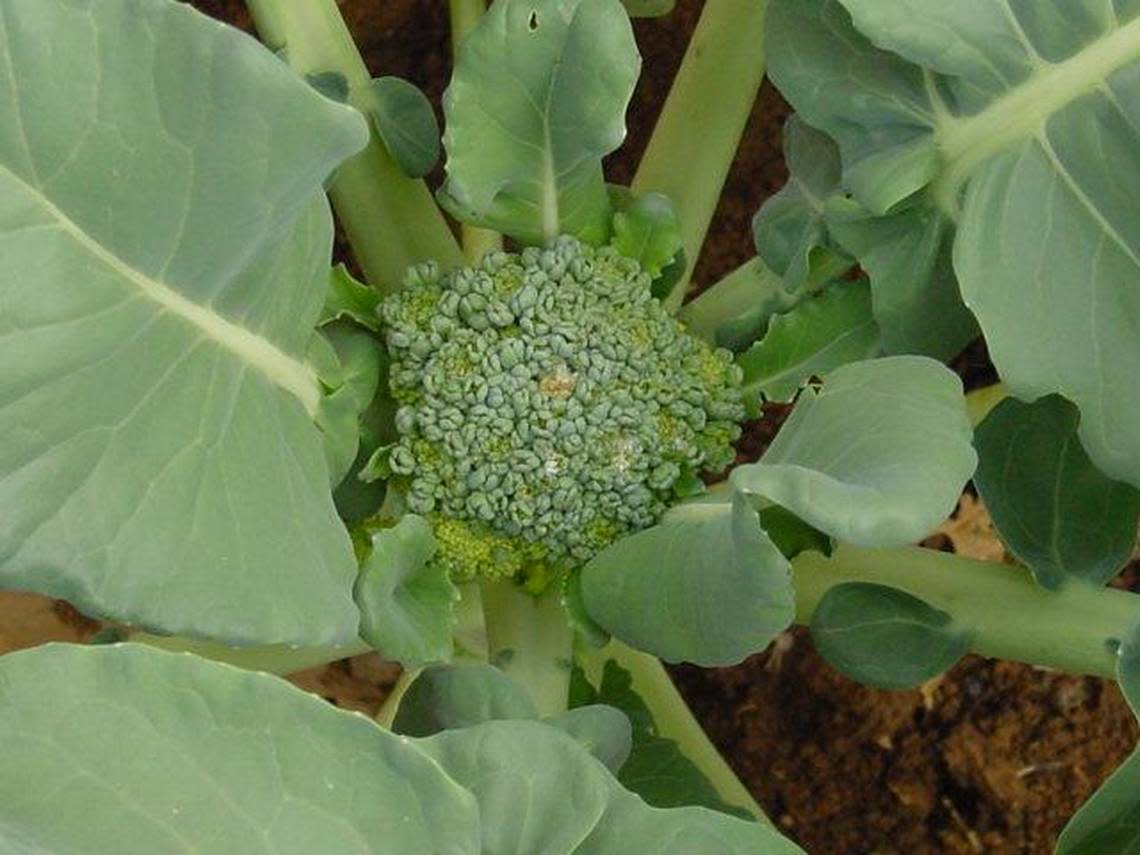Wondering when to water those veggies? It depends which part of the plant you consume
Many people wonder when to water or withhold water in a vegetable garden. Waterlogged clay soils can quickly instigate root rot. Blossom end rot occurs with uneven soil moisture, and general disease, insect and weed pressure increase with excess moisture. A lot is at stake when applying the proper amount of water to vegetable plants.
The standard solution to these dilemmas is to keep the soil moist but not overly saturated. If a metal rod can be poked 2 feet into the ground, the earth is saturated enough for water to reach most plant roots. However, this is tricky when considering when vegetable plants need water the most.
Since foliage is the crop of leafy greens like lettuce, spinach, kale, Swiss chard and rhubarb, water will be in high demand as the plants’ leaves continue to photosynthesize, grow and regenerate. However, the need for ample water becomes more specific regarding crops that include more than foliage.

Vegetables that flower and then fruit — be they tomatoes, peppers, eggplant, squash or the like — need more water during their flowering and fruiting growth stages to be productive. Root, tuber and bulb crops — like carrots, beets, radishes, potatoes and onions — need more water once crops have “set” in the soil, but they still need to grow a thickness to them. Heading crops — like broccoli, cauliflower and cabbage — need extra water once the heads set and begin growth.
The extra water is essential during these selective growth stages because as the crops develop, the plants actively move and use the most nutrients from the soil to convert those nutrients to starches and sugars within the respective crops.
However, as mentioned before, we want to aim for moist but not saturated soil. Working within those parameters, how do we supply extra water without causing problems? Since we’re trying to be responsible with our water usage, how do we avoid wasting water?
Unfortunately, the answers to these questions are not cut and dried. Outside of crop development times, vegetable plants need around 1 inch of water, or three-fourths of a gallon, in one week to sustain themselves. Accounting for environmental conditions, pest and weed pressure, soil composition, and general water retention of the soil, you can then use this information to decide when extra watering during the day may benefit the plants.
Anticipate an uptick in pest pressure and have a plan for the implementation of their control measures. Also, don’t forget to research the crops you are growing. The Kansas Garden Guide is an excellent online resource for crop-specific details. While most vegetables need an inch of water a week, some prefer drier conditions until their crops develop. Your harvest, and the environment, will thank you.
Anthony Reardon is a horticulture agent with Kansas State University Research and Extension. Need help? Contact the Johnson County Extension gardening hotline at 913-715-7050 or email garden.help@jocogov.org.
